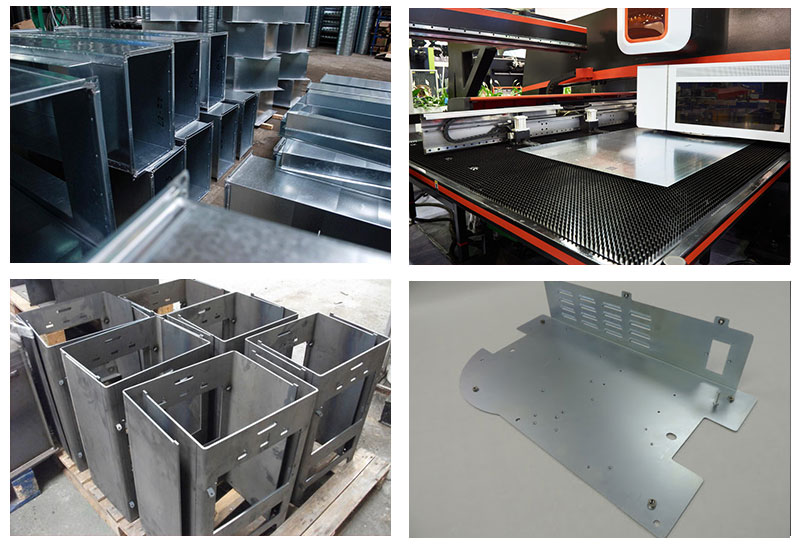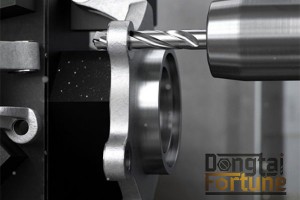Low MOQ for China Precision Custom Services Bending Stamping Welding Works Stainless Steel Parts Sheet Metal Fabrication
Our firm promises all people from the first-class goods along with the most satisfying post-sale company. We warmly welcome our regular and new shoppers to join us for Low MOQ for China Precision Custom Services Bending Stamping Welding Works Stainless Steel Parts Sheet Metal Fabrication, “Passion, Honesty, Sound assistance, Keen cooperation and Development” are our targets. We are here anticipating mates all around the environment!
Our firm promises all people from the first-class goods along with the most satisfying post-sale company. We warmly welcome our regular and new shoppers to join us for China Metal Product, Sheet Metal Case, Our company sets up several departments, including production department, sales department, quality control department and sevice center,etc. only for accomplish the good-quality product to meet customer’s demand, all of our products have been strictly inspected before shipment. We always think about the question on the side of the customers,because you win,we win!
Sheet metal fabrication is a classification of manufacturing processes that shape a piece of sheet metal into the desired part through material removal and/or material deformation. Sheet metal, which acts as the workpiece in these processes, is one of the most common forms of raw material stock. The material thickness that classifies a workpiece as sheet metal is not clearly defined. However, sheet metal is generally considered to be a piece of stock between 0.006 and 0.25 inches thick. A piece of metal much thinner is considered to be “foil” and any thicker is referred to as a “plate”. The thickness of a piece of sheet metal is often referred to as its gauge, a number typically ranging from 3 to 38. A higher gauge indicates a thinner piece of sheet metal, with exact dimensions that depend on the material. Sheet metal stock is available in a wide variety of materials, which include the following:
•Aluminum
•Brass
•Bronze
•Copper
•Magnesium
•Nickel
•Stainless steel
•Steel
•Tin
•Titanium
•Zinc
Sheet metal can be cut, bent, and stretched into a nearly any shape. Material removal processes can create holes and cutouts in any 2D geometric shape. Deformation processes can bend the sheet numerous times to different angles or stretch the sheet to create complex contours. The size of sheet metal parts can range from a small washer or bracket, to midsize enclosures for home appliances, to large airplane wings. These parts are found in a variety of industries, such as aircraft, automotive, construction, consumer products, HVAC, and furniture.
Sheet metal fabrication processes can mostly be placed into two categories – forming and cutting. Forming processes are those in which the applied force causes the material to plastically deform, but not to fail. Such processes are able to bend or stretch the sheet into the desired shape. Cutting processes are those in which the applied force causes the material to fail and separate, allowing the material to be cut or removed. Most cutting processes are performed by applying a great enough shearing force to separate the material, and are therefore sometimes referred to as shearing processes. Other cutting processes remove material by using heat or abrasion, instead of shearing forces.
•Forming
•Bending
•Roll forming
•Spinning
•Deep Drawing
•Stretch forming
•Cutting with shear
•Shearing
•Blanking
•Punching
•Cutting without shear
•Laser beam cutting
•Plasma cutting
•Water jet cutting








